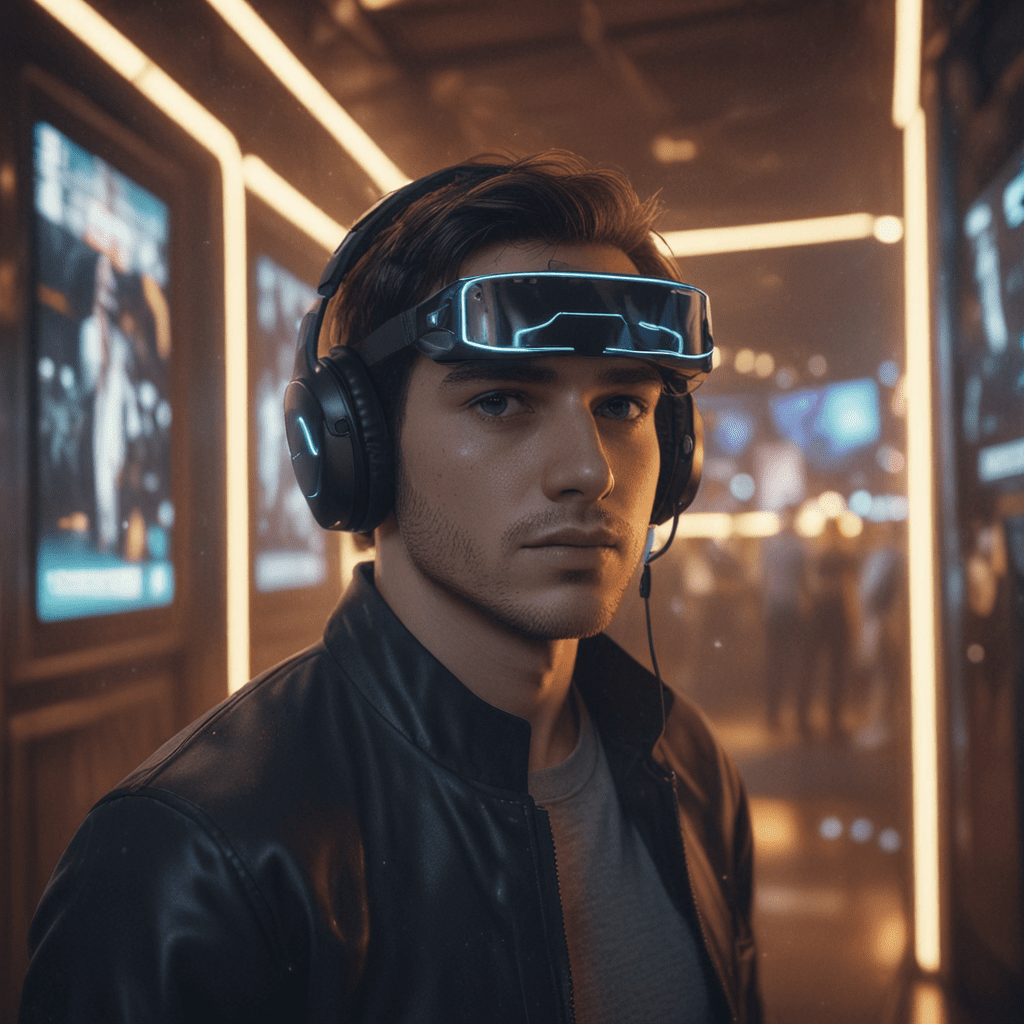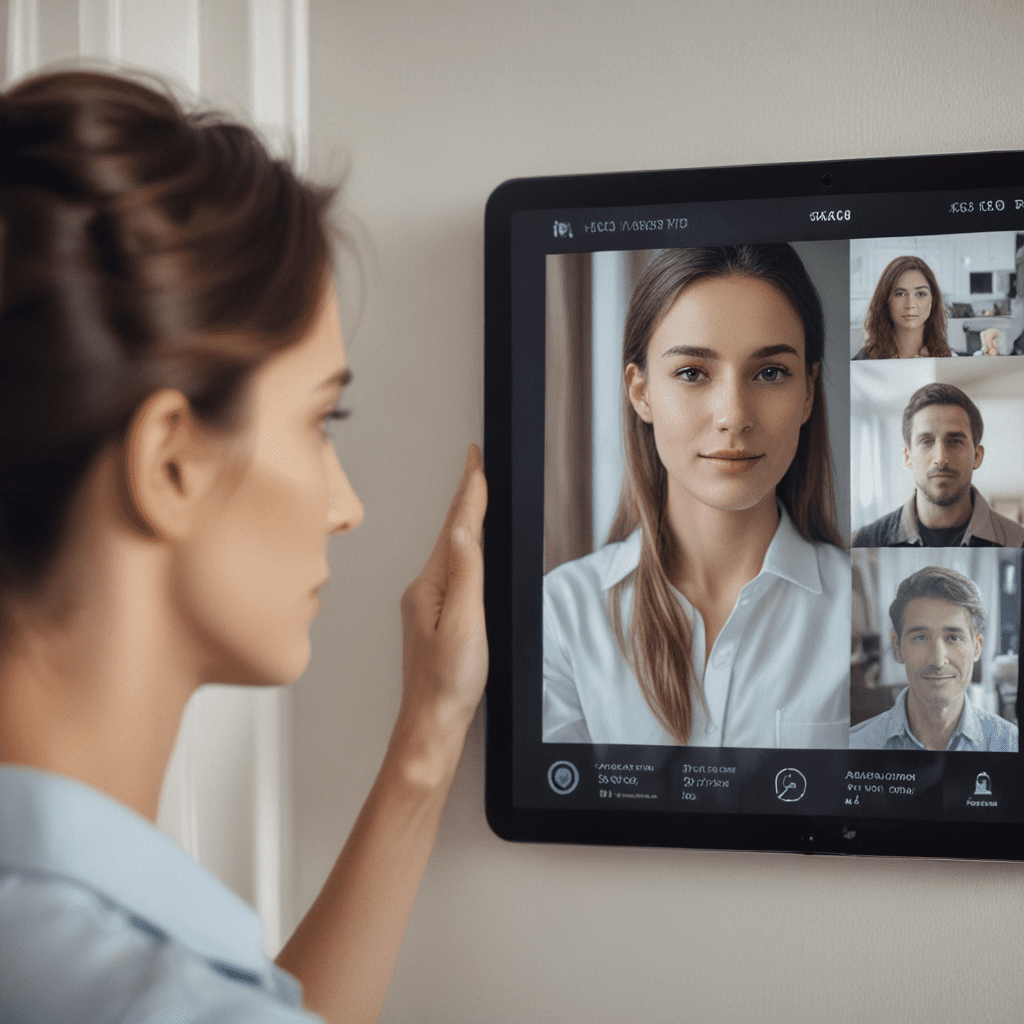
The Future of Retail: Personalized Experiences with Facial Recognition
I. Introduction
The retail landscape is undergoing a significant transformation, driven by technological advancements and evolving customer expectations. Among the most promising technologies shaping the future of retail is facial recognition. This technology offers retailers unprecedented opportunities to enhance the customer experience, improve security, and drive business growth.
II. The Rise of Facial Recognition Technology in Retail
Facial recognition technology has rapidly gained traction in the retail sector. By leveraging advanced algorithms and computer vision techniques, facial recognition systems can accurately identify individuals based on their facial features. This capability opens up a wide range of possibilities for retailers to personalize customer interactions and offer tailored services.
III. Benefits of Facial Recognition for Retailers
The adoption of facial recognition technology offers numerous benefits for retailers, including:
Personalized Customer Experiences
Facial recognition enables retailers to deliver highly personalized shopping experiences to each customer. By recognizing a customer upon entry, retailers can access their preferences and purchase history, allowing them to offer relevant product recommendations, personalized promotions, and tailored customer service.
Enhanced Security and Loss Prevention
Facial recognition technology can significantly enhance security measures in retail stores. By identifying known shoplifters or suspicious individuals, retailers can deter crime and protect their assets. Additionally, facial recognition can be used to limit access to restricted areas, such as inventory rooms or high-value merchandise displays.
IV. Ethical Considerations and Privacy Concerns
While facial recognition technology offers significant benefits, its use also raises ethical and privacy concerns. Retailers must adhere to strict regulations and best practices to ensure the responsible use of this technology and protect customer data.
Informed Consent and Data Protection: Customers must be fully informed about the use of facial recognition and provide explicit consent. Retailers must implement robust data security measures to store and protect customer information securely.
Bias and Discrimination: Facial recognition algorithms must be carefully tested and validated to avoid bias or discrimination based on factors such as race, gender, or facial features.
Surveillance and Data Abuse: Retailers must ensure facial recognition data is used solely for authorized purposes and prevent unauthorized access or misuse.
V. Integration with Other Technologies
Facial recognition technology often complements other innovative technologies to enhance customer experiences and unlock new possibilities.
Artificial Intelligence (AI): AI algorithms enhance the accuracy and efficiency of facial recognition systems. AI can also analyze facial expressions, detect emotions, and provide personalized recommendations based on customer behavior.
Virtual and Augmented Reality (VR/AR): VR/AR experiences can be integrated with facial recognition to create immersive personalized shopping environments. Customers can try on virtual products or visualize products in their own homes using advanced facial tracking.
Blockchain: Blockchain technology secures and decentralizes customer data, ensuring privacy and transparency. By storing facial recognition credentials on a blockchain, retailers can safeguard customer information from unauthorized access.
VI. Consumer Adoption and Acceptance
The widespread adoption of facial recognition in retail depends on customer acceptance and trust. Retailers must address privacy concerns transparently and implement ethical practices to instill confidence in the technology.
Customers need to perceive facial recognition as convenient, beneficial, and not intrusive. Educational campaigns and incentives can encourage customer willingness to participate while addressing privacy concerns.
VII. Use Cases and Applications
Personalized Product Recommendations: Facial recognition can analyze customer preferences and past purchases to offer highly relevant product recommendations in real-time, enhancing customer engagement and sales.
Self-Checkout and Contactless Payments: By recognizing customers, retail stores can offer touchless checkout experiences. Customers can use biometrics to scan and pay for items, reducing waiting times and improving convenience.
Loyalty and Rewards Programs: Facial recognition enhances loyalty programs by automatically recognizing customers and redeeming rewards without the need for physical cards or mobile apps. Targeted loyalty offers can also be provided based on personal preferences.
Customer Service and Assistance: Facial recognition-powered customer service can provide immediate personalized assistance. Customers can receive tailored recommendations, access purchase history, or connect with the right sales associate based on their identity.
VIII. Challenges and Limitations
Despite its potential, facial recognition adoption faces challenges.
Accuracy and Reliability: The accuracy and reliability of facial recognition systems can be affected by various factors, including lighting conditions, facial coverings, and age.
Cost and Implementation: Installing and maintaining facial recognition systems requires significant investment and technical expertise. Retailers need to evaluate the return on investment.
Public Perception and Acceptance: Customer concerns about privacy and data security may need to be addressed with transparent communication and robust ethical practices. Building public trust is a crucial factor in driving consumer acceptance.
IX. Future Trends and Innovations
Facial recognition technology holds immense potential for the future of retail, enabling new levels of personalization, seamless experiences, and innovative applications.
–Multi-Factor Authentication: Facial recognition may merge with other biometric modalities, such as fingerprint or voice recognition, to enhance security for high-value transactions.
–Smart Spaces: Integration with smart stores and IoT (Internet of Things) devices will transform retail environments into connected spaces that track customer engagement and deliver more immersive experiences.
X. Conclusion
Facial recognition technology is revolutionizing the retail landscape by enabling personalized experiences, enhanced security, and innovative applications. As retailers adopt and responsibly implement this powerful technology, it will continue to shape the future of retail, driving customer satisfaction, loyalty, and business growth. However, ethical considerations, ongoing improvements, and stakeholder confidence remain crucial elements for sustained success.
FAQs
Q: Does facial recognition technology always work accurately?
A: Accuracy can vary depending on factors such as lighting conditions and facial coverings. Retailers implement measures to ensure optimal performance.
Q: How is customer privacy protected?
A: Retailers have ethical obligations and implement security measures to secure customer data and obtain informed consent before using facial recognition.
Q: Can customers opt out of facial recognition?
A: Yes, customers typically have the right to opt out or provide consent for using facial recognition systems in retail stores.


